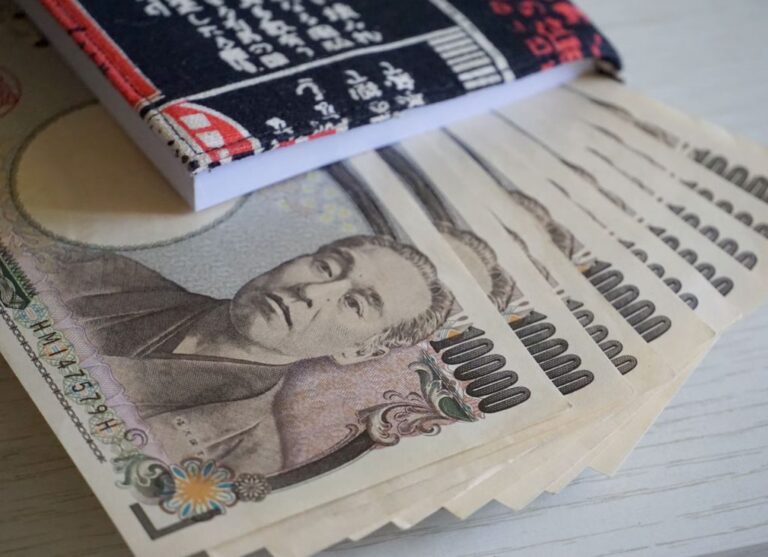
Morning Brief – Half a percent
Over the past two decades, the norm for the size and frequency for interest rate adjustments has continued to fade. The tool most obviously available to central banks, the interest paid on deposits held at their institution, is now seen as the heavy touch option and accordingly even when it is utilised, the size of interest rate changes has diminished significantly. Largely gone for two decades were the 0.5, 1 or 2 percent rate adjustment decisions confined only to monetary management in emerging markets. The Fed’s May 0.5% rate rise as we highlighted in yesterday’s note, was a given, but the market’s reaction so far since it’s delivery last night has been interesting.
Interest rates have become more of the brutish tool of monetary management. The 25-basis point hike became the base unit of measurement, the ECB even briefly flirted with a Sumerian 15-basis point norm. The interest rate rapidly became the sledge hammer of the central bank who had been meanwhile masquerading as a brain surgeon. Without inviting a rant on monetary mismanagement, the world post financial crisis is so indebted to itself that in a low-to-zero productivity growth environment, anything but a near-zero interest rate, negative real yield policy would choke the economy. The fact that interest rates are back in the fore with the markets even interpreting a 50-basis point (0.5%) hike in rates as underwhelming should spark alarm bells if they’re not already ringing.
The extraordinary nature of this overdue monetary policy action by central banks, including the Federal Reserve and our own Bank of England (the latter also meeting today), does help to explain the volatile reaction witnessed so far to the Fed’s decision. Add an immediate additional 0.5% reward to holding USD and it falls over a cent versus its biggest counterparty, the Euro. Hmm. The Fed even suggested it was seeking to raise rates by a further 1% in its subsequent two meeting. Still, not enough to entice the market to continue to hoard its Dollars.
There is of course the element of buying the rumour and selling the fact but it’s highly unlikely to have played a significant role in price action overnight. The truth is that by ruling out hikes of 0.75% per policy meeting, some of the yield priced into the USD forward curve had to be priced back out to meet expectations. This knee jerk reaction led to the weaker Dollar but the greenback’s supremacy is more likely here to stay in the longer run.
Discussion and Analysis by Charles Porter

Click Here to Subscribe to the SGM-FX Newsletter
Related Insights

Morning Brief – Japanese Yen
Japanese Yen With JPY at a new 34 year low versus EUR, the market is set for an ambush by the Bank of Japan if it acts today at the end of their Policy Meeting to support the Yen. The reason that the market is susceptible is because it has convinced itself that the BoJ […]

Morning Brief – Coalition
Coalition This briefing is about South Africa and the Rand, which frequently proves to be one of the more divisive subjects within our roster of currencies. In particular, with the election looming, this will be about South African governance. Not from a political or human perspective about what may be the best long term outcome […]

Morning Brief – US Tariffs on Chinese Imports
US Tariffs on Chinese Imports Recently we wrote about how Mexico has become the Number One trade partner for the USA. It now transpires that Mexico may have had what is known as a little assist with their numbers: the statistics for the number of 20 foot shipping containers for the first three Quarters of […]



 Humphrey Percy
Humphrey Percy Charles Porter
Charles Porter